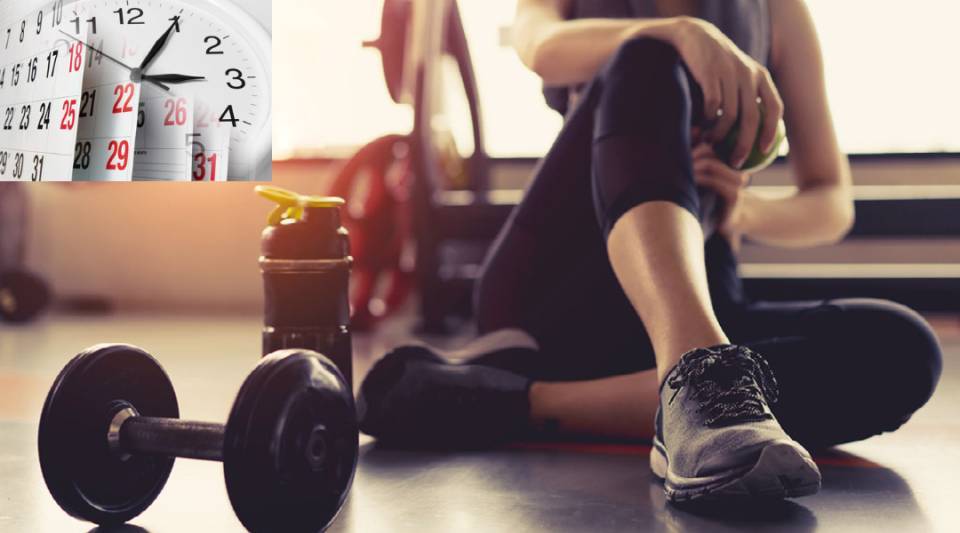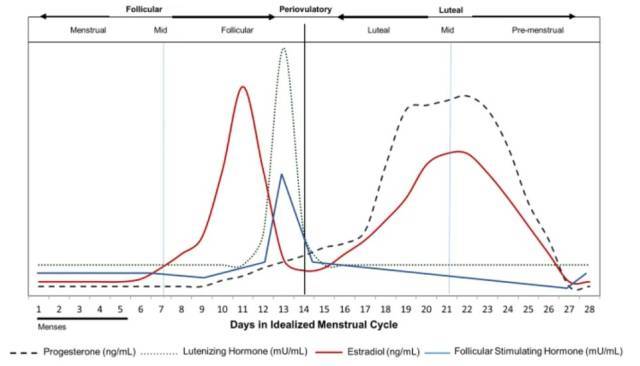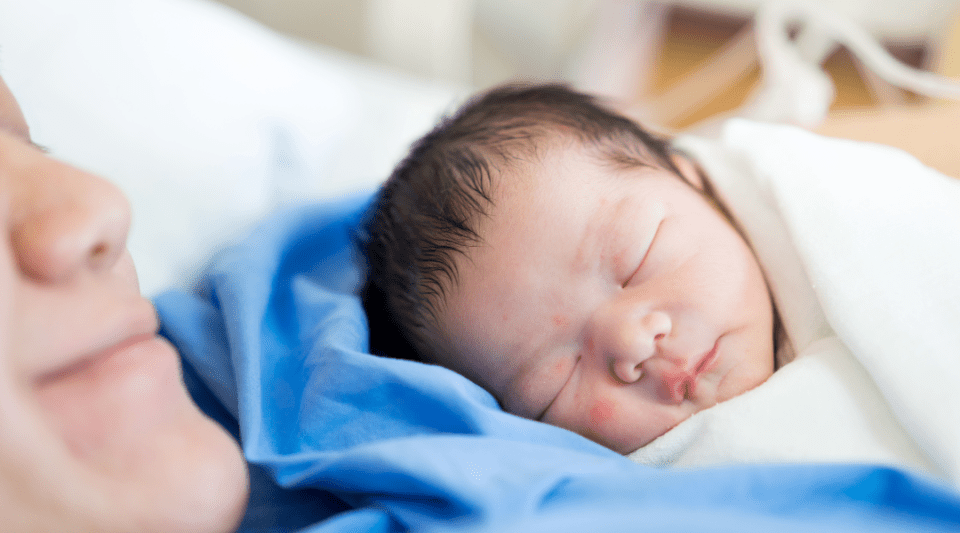Sport training sessions during a long time were planned according to male models, which do not take into account the changes in physical performance that occur in women’s different menstrual cycle phases. Most women have a 28-day cycle that consists of 3 phases: the follicular phase, ovulation and the luteal phase. Each of these phases has hormonal changes that influence the body and mind. Aerobic (cardiovascular) or anaerobic (strength) exercises are more or less beneficial for the body depending on the menstrual cycle phase the woman is in.
Various studies have been carried out, including one by the University of South Australia, which evaluated the most appropriate type of training according to the menstrual cycle phase of elite athletes. The results, however, were not conclusive so more studies are required to make any recommendations about individualised training. There are no studies in the general population that indicate the most appropriate type of training. However, there are certain properties of the different cycle phases that could favour one type of exercise over another. The main recommendations are the following:
Menstrual cycle phases and physical exercise
The menstrual cycle begins with menstruation and lasts for 3-6 days. This marks the beginning of the cycle and the beginning of the follicular phase.
Follicular phase
This occurs between days 1 and 12 of the cycle. It consists of a process of growth of the ovarian follicles, from the beginning of menstruation until before ovulation. At the beginning of the phase, oestrogen levels are low, so it might be beneficial to perform high intensity, short interval exercises with weights and changes of pace. In this phase, athletes can increase the intensity and duration of training.
During the follicular phase, oestrogens will gradually increase until they reach their peak around day 12, before ovulation. “This phase in which there is a rise in oestrogen and relaxin can contribute to greater looseness in ligaments. In female soccer players, it can increase the risk of cruciate ligament injuries,” comments Dr Eva Ferrer, a specialist in both sports medicine, at the Hospital Clínic and Hospital Sant Joan de Déu, and in women's health and sports, at the Barça Innovation Hub.
Ovulation
This phase begins around day 14 and lasts for 3 days. In this process, a mature egg is released which marks the fertile period for the woman. This is when physical performance is greatest and higher intensity training can be prioritised. After day 14, oestrogens begin to decrease and progesterone rises. Progesterone is a hormone released by the ovaries and the placenta. It prepares the endometrium to implant the embryo during the menstrual cycle and makes it easier for pregnancy to occur safely.
Luteal phase
This occurs from day 16 to 28: the second half of the cycle. Days 16 to 24 is the approximate time when there are oestrogens and progesterone increases, making it easy for the body to have more resistance and speed; therefore, good physical performance can be maintained. After day 24, a large amount of progesterone is found in the body and this is when changes in mood can occur; leading to a greater feeling of fatigue, tiredness, fluid retention and increased heart rate, for example. This is when cardiovascular exercises at a constant pace are the most beneficial for the body; for example, yoga, swimming and cycling.
After around day 28, menstruation occurs and performance will be less; however, this does not have to be an impediment to continue doing physical exercise. It may even be beneficial, as it promotes the release of endorphins, which are neurotransmitters produced by the central nervous system, leading to a sensation of pleasure and reducing fatigue. This can help in decreasing pain during menstruation.







